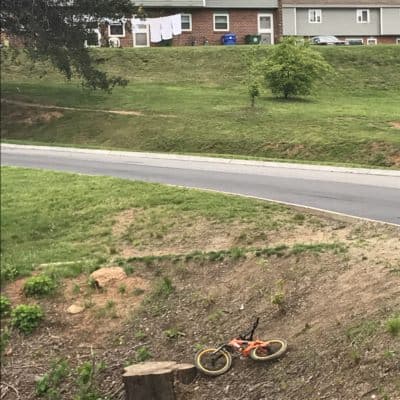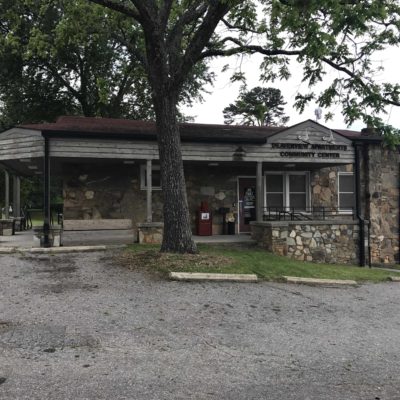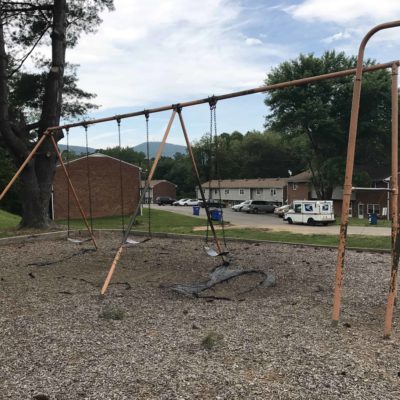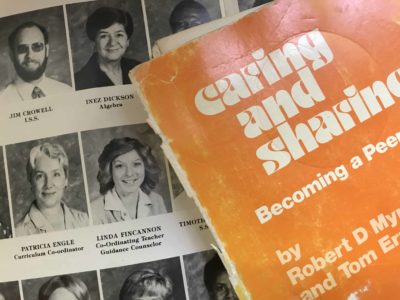Over the next 12-18 months, we will travel around North Carolina. With our collection of nonprofits and initiatives — EdNC, the N.C. Center for Public Policy Research, Reach NC Voices, and First Vote NC — we are interested in prompting bigger systems change, imagining our economy and the education system needed to support it in five years, and 10 years, and 25 years, and beyond. We are thinking about how to create a slingshot effect statewide, tapping into naturally occurring momentum around our state to speed up the pace of change.
We will visit schools, churches, small town newspapers, and all of the places in communities where people gather. We will talk with teachers, farmers and truck drivers. We will enjoy our good food and music and literature. We are using #loveNC on Twitter and Instagram for our photos.
We are going to learn and gather insights, reporting them along the way. We will conduct research about the adolescent experience of equity, faith, and health, among other important issues. We will serve our state by publishing what we find, engaging readers, and lifting up the voices of others. We will seek collective trust, building anew a sense of statewide community.
A few weeks ago, we were in Buncombe County — a starting place for changing mindsets.
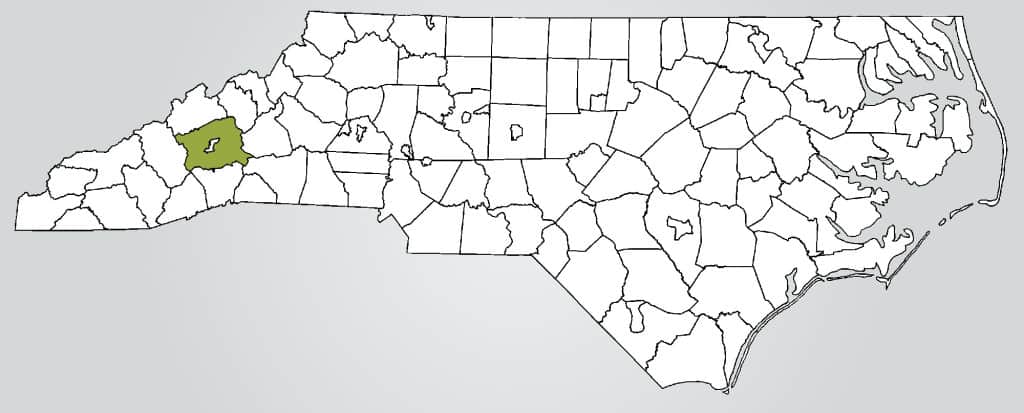
Changing mindsets
Thinking about inequity around discipline, academic outcomes, and mental health access #EdNCslingshot pic.twitter.com/wRAQZyVMhP
— Mebane Rash (@Mebane_Rash) May 11, 2017
David Thompson, director of student services for Buncombe County Schools, is leading the way statewide in helping think about how to disrupt inequities around discipline, academic outcomes, and access to mental health, by changing our mindset…literally. If only his strategies could be scaled more quickly in our classrooms, in our juvenile detention centers, in our communities across the state, systems change might happen.
Adverse childhood experiences (ACEs)
The landmark work on ACEs was conducted in the 1980s and 1990s by Vincent Felitti, head of Kaiser Permanente’s Department of Preventive Medicine in San Diego, and Robert Anda with the Centers for Disease Control. It included more than 17,000 participants.
“ACEs are strongly related to development of risk factors for disease, and well-being throughout the life course,” according to the CDC website.
Thompson says, “We need a different system in place to to meet the social emotional needs of our kids.” He explains how ACEs impact how the brain functions.
All of these experiences — and brain-based responses — take a toll. 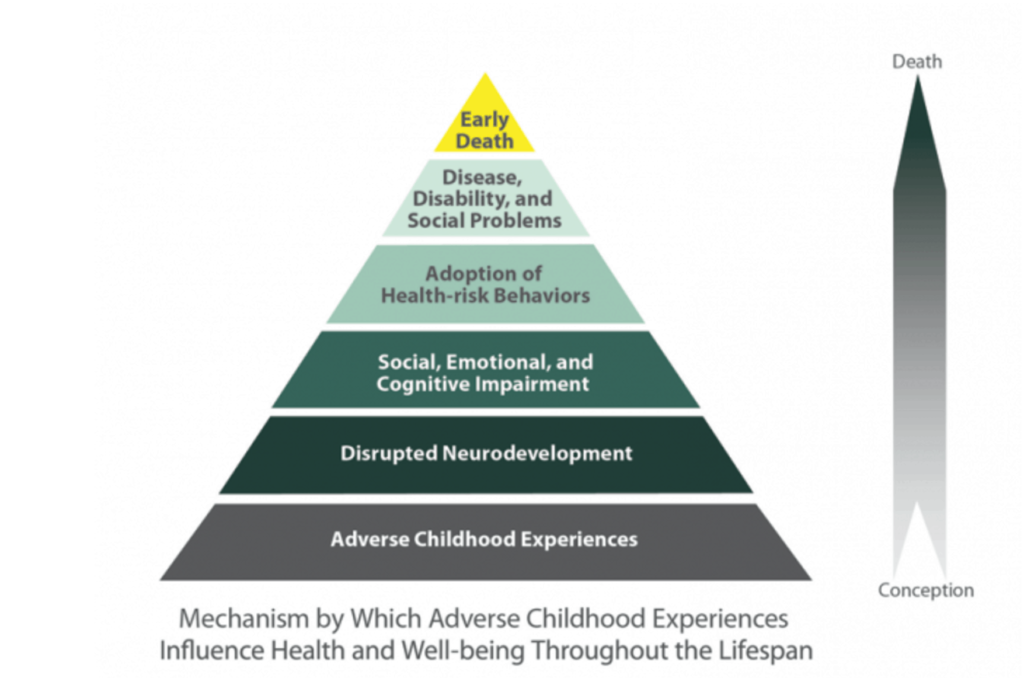
Here is the survey so you can find your own ACE score.
The need for trauma-informed schools and communities
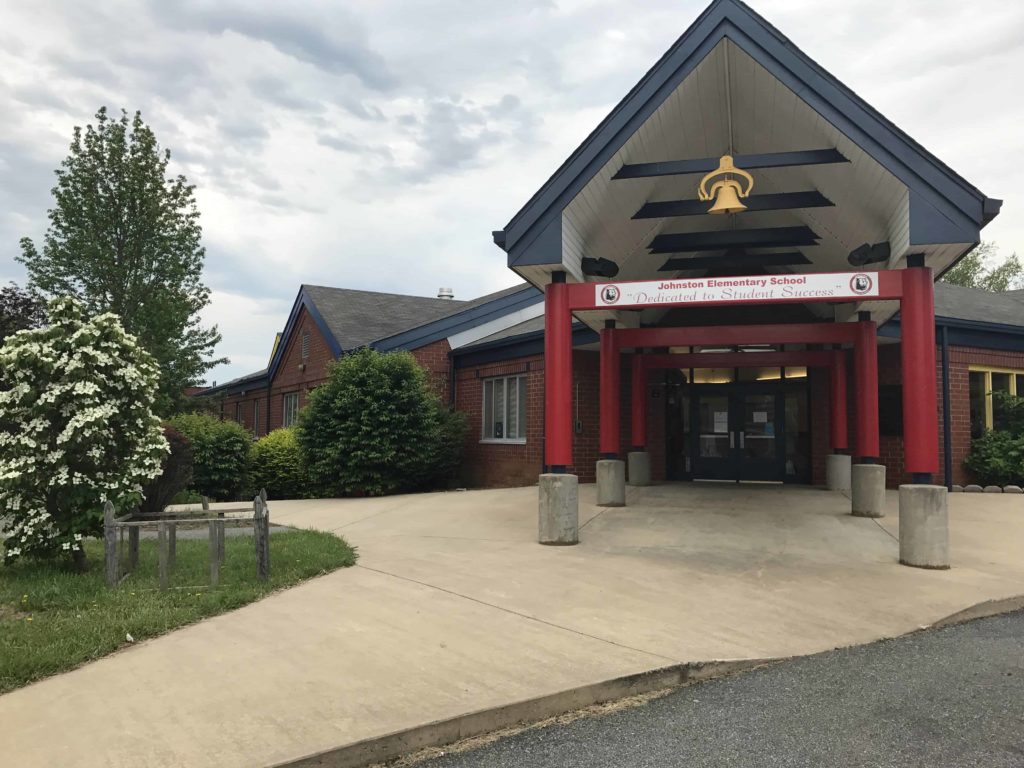
Gunshots are not uncommon in the Deaverview neighborhood in Asheville, and last year, a minor was injured. Chronic stress and trauma — from hearing gun shots to being scared to go outside — have a cumulative effect on kids.
Kids bring their ACEs — and their wired brain responses — into classrooms and schools with them. Often they overestimate threats and risks, triggering a “fight, flight, or freeze” reaction. Thompson, who has been working with kids for 37 years, says, “We still need and use behavior management techniques, but they must be paired with strategies to teach and strengthen new neural pathways that change the responses to perceived threats.”
What are the strategies?
Thompson says teaching social and emotional learning skills in a classroom involves teaching kids how to pay attention, sustain attention, regulate their emotions, solve problems, and be empathetic.
CASEL is the collaborative for academic, social, and emotional learning. According to the website, “Our mission is to help make evidence-based social and emotional learning (SEL) an integral part of education from preschool through high school.” Here is a video about their work. They provide resources for districts, school, and classrooms.
When it comes to teaching kids to pay attention, Thompson says another strategy is teaching mindfulness. “Kids are bombarded with constant stimulation,” he says. “They have to be taught to take a breath, think, and then react.
Mindful Schools “transforms schools from the inside out.” The website says, “Our courses and curricula are designed for under-resourced public schools facing high turnover rates and toxic stress. We offer educators practical skills for self-care, facilitation, and connecting with youth, providing simple, effective mindfulness practices that can be integrated into the school day and adapted for diverse environments.”
Thompson says the community resource model is important when communities face natural disasters, like tsunamis, earthquakes, or the flooding caused by Hurricane Matthew. The idea, he says, is that when these disasters strike, the brains of those affected become so activated they can not engage in problem solving. Wellness skills put people back in touch with their senses so they can get back into problem-solving mode. Western North Carolina is leading the way in building a culture of resilience.
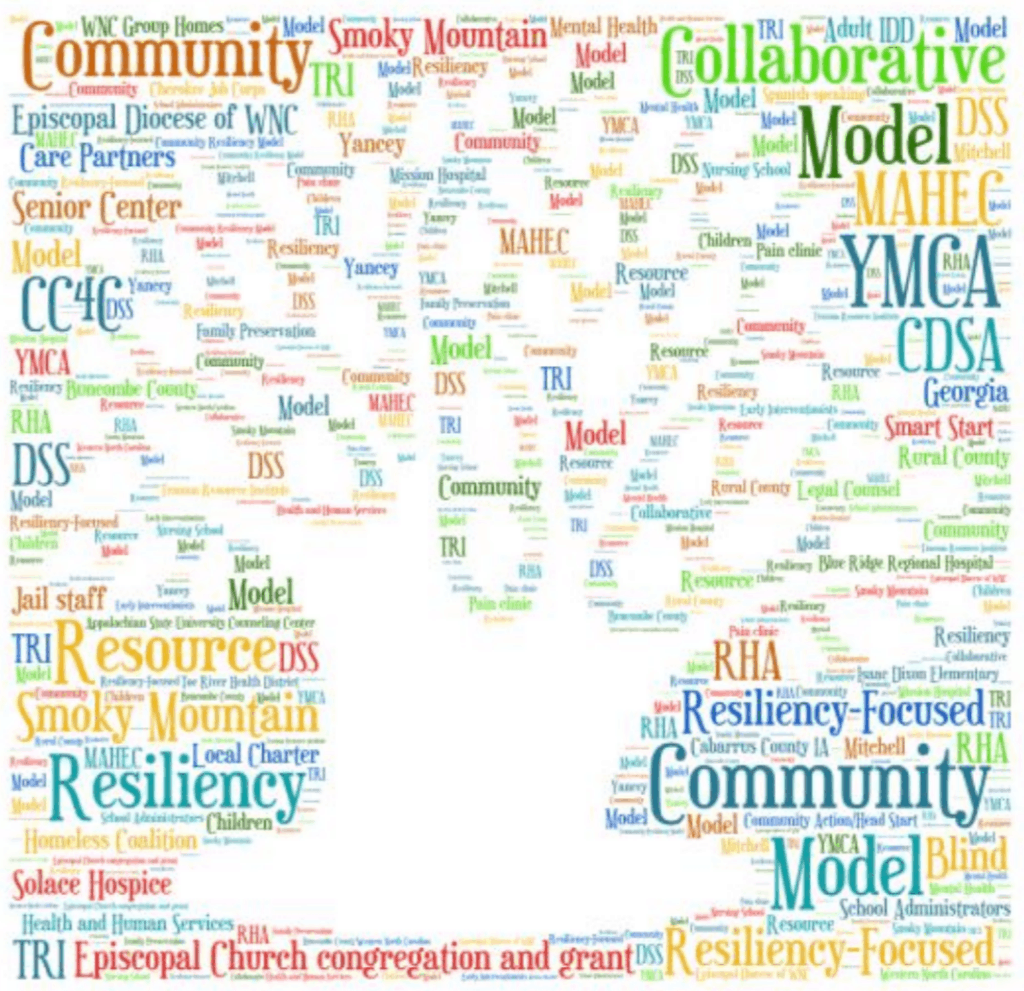
The website of the Trauma Resource Institute says, “The Community Resiliency Model™ (CRM) of the Trauma Resource Institute trains community members to not only help themselves but to help others within their wider social network. The primary focus of this skills-based, stabilization program is to re-set the natural balance of the nervous system. CRM skills help individuals understand their nervous system and learn to read sensations connected to their own well-being, which CRM calls the ‘Resilient Zone.'”
What does this look like in our classrooms and our schools?
Thompson has implemented many of these strategies in 22 of 44 schools in Buncombe County, working in cohorts of 5-6 schools.
It starts with screening students.
This Student Risk Screening Scale is free of charge:
Thompson suggests the SRSS-IE screening tool, which “modifies the original 7-item SRSS with the inclusion of 5 new items characteristics of internalizing behaviors,” according to the website.
Thompson also uses the DESSA to screen students. “The Devereux Student Strengths Assessment (DESSA) is a behavior rating scale that assesses skills related to social-emotional competence, resilience, and academic success. It is designed to be completed by parents, teachers, and after school staff.”
Teacher awareness of the needs — and strengths — of their students informs instruction. A multi-tiered system of support (MTSS) is used to create trauma-informed learning environments, with different strategies for the classroom, small groups of students, and higher need individuals. Schools implementing the strategies with greater fidelity show the most impact on learning outcomes, Thompson says.
It is also important, Thompson says, to be aware of the secondary stress to teachers from the experiences and responses kids brings with them into the classroom. Morning mindfulness and afternoon yoga for teachers can help.
What does this look like in our communities and our state?
“We have always been focused on the whole child,” Thompson says. “But now we have a structure in place for making sure their needs are met.” He is passionate about the advances he sees ahead as more schools in more communities across North Carolina embrace this model and choose to create trauma-informed environments where our children can thrive.
“We are changing mindsets,” he says. There is an urgency in his work. There is hope in his eyes.
North Carolina, let’s build a culture of resiliency across our state.
Editor’s Note: Here is more information about Thompson’s work in Buncombe County.
Also, check out the blogs of Jane Ellen Stevens, the editor of ACESTooHigh and founder and publisher of ACEsConnection. She has been a journalist for more than 30 years with a focus on health, science, and technology.






